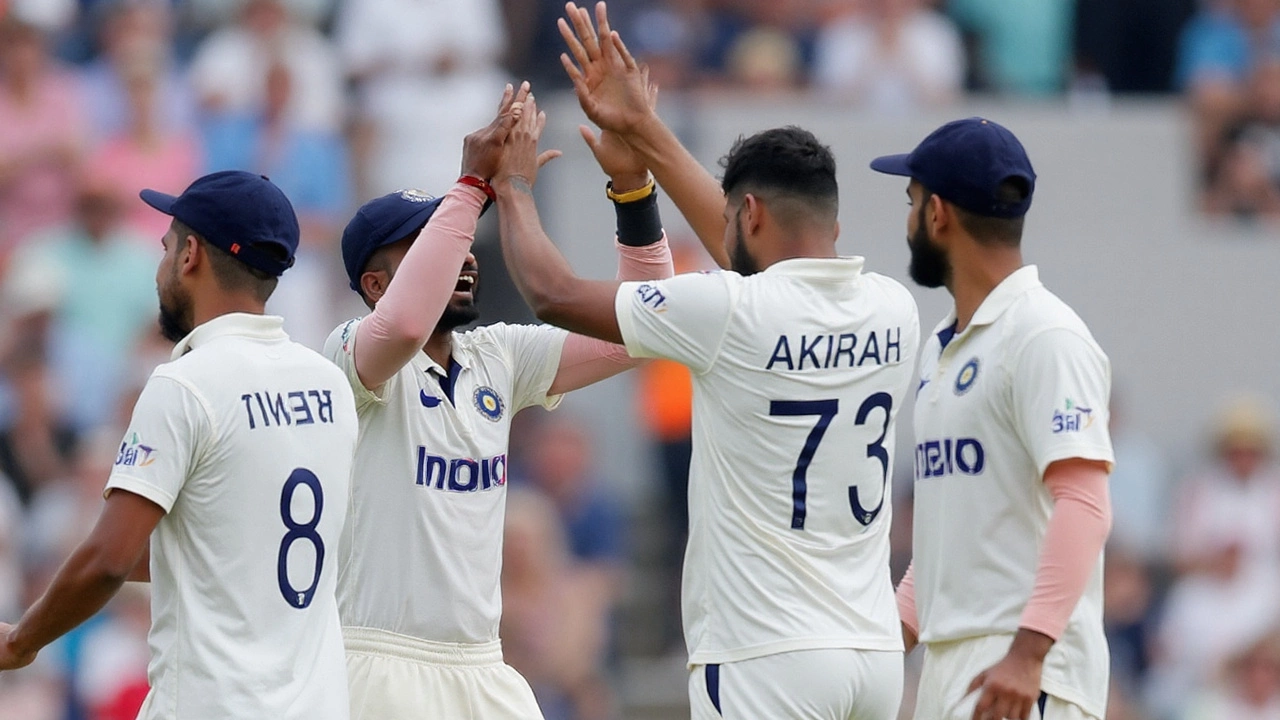Bazball: The Fast‑Paced Revolution in Test Cricket
If you’ve been following England’s recent Test matches, you’ve probably heard the buzz around “Bazball.” It’s not a new player or a fancy piece of equipment – it’s a mindset. The English team decided to throw out the old, slow‑and‑steady style and adopt a more aggressive, run‑hungry approach. The result? Higher scores, shorter games, and a lot of excitement for fans.
What Is Bazball?
Bazball is a term coined after England’s coach, Brendon McCullum, whose nickname is “Baz.” The idea is simple: treat every innings like a limited‑overs game. That means looking for quick boundaries, rotating the strike, and putting pressure on the opposition from the first ball.
The strategy grew out of frustration with long, drawn‑out matches that often ended in a dull stalemate. By encouraging players to attack, England hopes to force results – either a win or a loss – rather than a boring draw. It’s a gamble, but the payoff can be huge when the team backs themselves and scores at a rate usually seen in one‑day cricket.
How To Play It
Playing Bazball isn’t just about swinging hard. It starts with a clear game plan. Batsmen focus on a few core ideas:
- Take the first ball. A good start sets the tone and scares the bowlers.
- Find gaps. Instead of waiting for a six, players look for quick singles and twos to keep the scoreboard ticking.
- Rotate the strike. Sharing the workload prevents fatigue and keeps the batting order flexible.
- Pick the right moments. When a bowler gets loose, the batsman goes for a boundary; otherwise, they play safe.
On the bowling side, the focus shifts to attacking lines and lengths. Bowlers aim to force mistakes, using short deliveries and variations to keep batsmen guessing. Field placements become more aggressive too – fewer deep fielders, more catch‑saving positions close to the bat.
Fitness plays a big role. With a higher run rate, players need stamina to run between the wickets and maintain concentration. England’s training now includes shorter, high‑intensity drills that mirror the fast‑paced nature of Bazball.
Another key element is mindset. The team embraces risk, accepting that a few quick wickets might fall in exchange for a rapid run surge. This attitude reduces pressure on individual players because the collective goal is clear: keep the scoreboard moving.
Critics argue that Bazball could backfire in tricky conditions, like a green pitch or overcast weather. They’re right – the strategy isn’t a one‑size‑fits‑all. England’s captain and coach regularly assess the pitch and adjust the tempo. If the ball is swinging heavily, they may pull back a bit and let the bowlers dominate.
So far, the results speak for themselves. England has turned draws into wins, and fans love the new energy. Other teams are watching closely, and a few have started experimenting with similar tactics in their own Test sides.
If you follow cricket, you’ll notice a shift in how matches are narrated. Commentators now talk about “run rates” and “momentum” even in the longest format. That’s Bazball’s legacy – it’s changed the conversation about Test cricket.
In short, Bazball is about playing Test cricket with the hunger and speed of limited‑overs games. It’s a bold experiment that blends skill, fitness, and confidence. Whether you love it or hate it, it’s making the sport more dynamic, and that’s something every cricket fan can get behind.
India vs England 5th Test Day 2: What we know, what we don’t, and why it matters
Real-time details from Day 2 of the 5th Test are thin, with unverified chatter about a Yashasvi Jaiswal fifty and India losing two wickets after a brisk start. Here’s the bigger picture: how Day 2 usually tilts a Test, what to watch in the next sessions, and how both teams may shape the game from here.
Read more